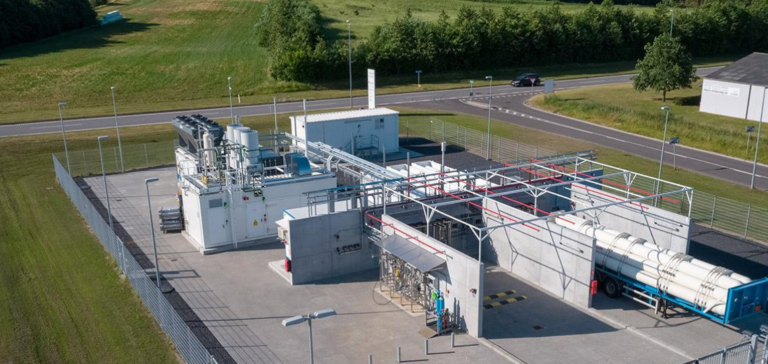The electrolytic hydrogen sector is booming, with consolidation of players and technologies underway. Currently, more than 103 electrolyser installations are operational, and over 200 are planned, with a growing diversity of technologies, including alkaline electrolysers, PEMs, as well as new technologies such as AEM, MFE and E-Tac. This consolidation should reduce the number of dominant players on the market, favoring segmentation for specific applications.
Increased product segmentation
Increased product segmentation. Leading electrolyser manufacturers are currently developing their portfolios to meet specific market applications. Currently, the market is characterized by two key offerings: small-scale containerized solutions, known for their rapid deployment and easy installation, and larger-scale industrial electrolysers, often installed in consortia by engineering, procurement and construction (EPC) companies, particularly for industrial applications. The variety of projects announced demonstrates different end-use and energy supply strategies, requiring specialized cell configurations.
Standardization for Large-Scale Electrolytic Projects
The standardization of electrolyzers for large-scale projects aims to simplify design by enabling the use of batteries from different manufacturers. Indeed, this could reduce risk and give greater flexibility to engineering, procurement and construction (EPC) companies, who currently work closely with preferred manufacturers. This approach would diversify supply sources and reduce product risks, thus promoting greater standardization in the sector.
Electrode-centric value chain
The electrolytic hydrogen value chain focuses on optimizing electrodes, a central element influencing cell cost, efficiency and flexibility. Innovation in this field is aimed at increasing current density, using more efficient and cost-effective materials, reducing electrode spacing and increasing reaction temperature. Indeed, this approach is similar to the importance of the processor in the computer industry. Two integration models – strong vertical integration and weak vertical integration – are predominant in this context.
Competition between the West and China to dominate electrolytic hydrogen technology is intense, with significant Western investment in the sector. However, the future of this industry remains uncertain, as it depends on factors such as policies, technological innovations, economic dynamics and global partnerships that will continue to shape its evolution.
The electrolytic hydrogen industry is undergoing an exciting period of transformation. Players and technologies are consolidating, increased product segmentation is emerging, standardization and standardization of electrolyzers for large-scale projects are gaining in importance, and competition is emerging between the West and China to dominate electrolytic hydrogen technology.






















